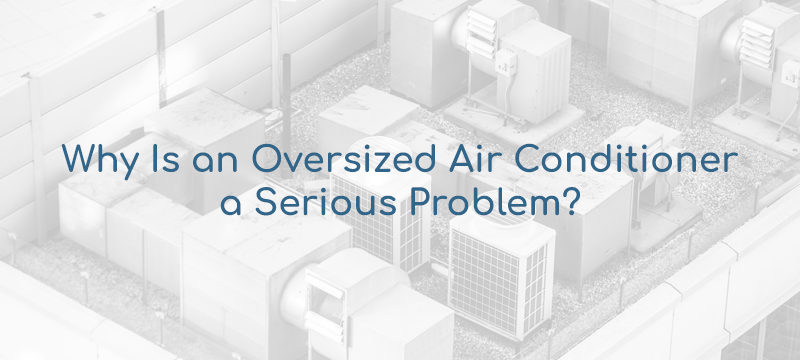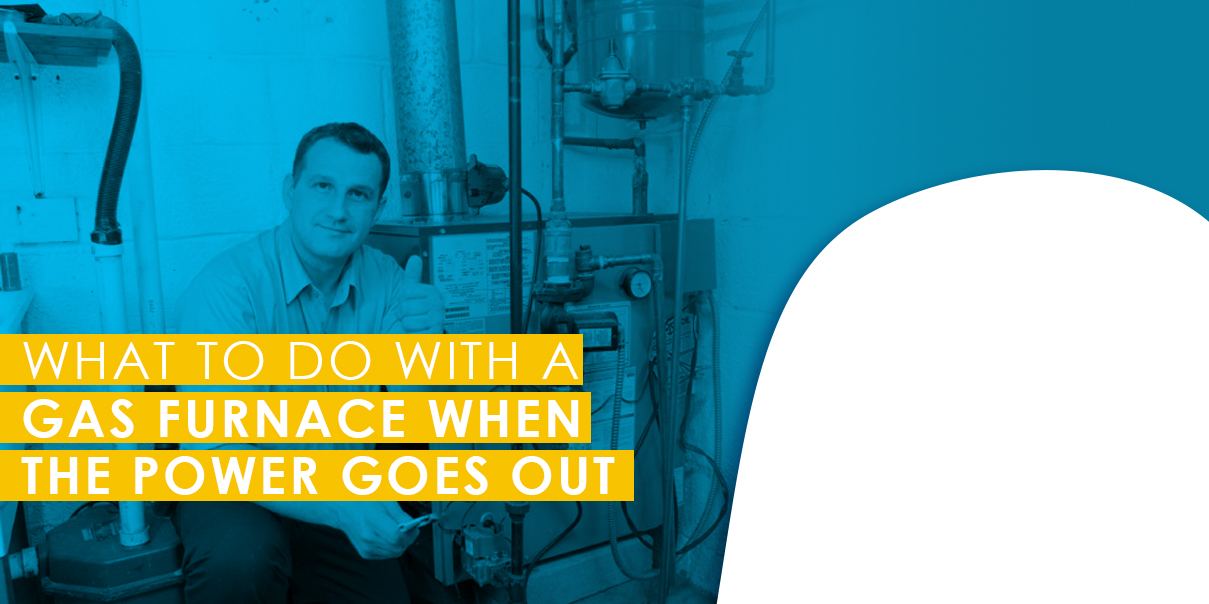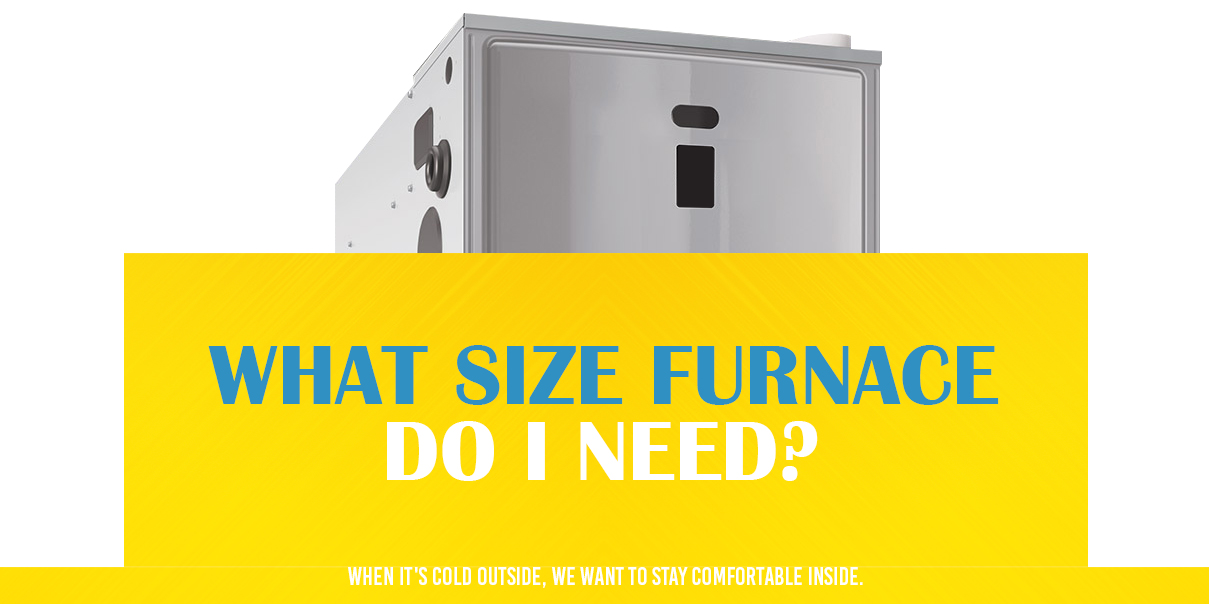The purpose of a household heating furnace is to warm your living quarters on an as-needed basis. As such, a furnace that is not blowing air through vents across your heating system is indeed problematic. Likewise, a furnace that is not blowing air in one room is a confusing issue that could stem from various factors, all of which require immediate attention.
Is a Furnace Supposed to Blow Air?
A furnace consists of a motor fan that blows air across heating coils, thus warming the air. This warm air is dispersed through the ducts of a household heating system to bring occupied living areas to the desired temperature. The furnace runs until the preset maximum temperature — usually at an owner-programmed level, such as 70 degrees Fahrenheit — has permeated the household interior, at which point the furnace shuts off to save energy.
Therefore, a furnace is built to blow air, but only warm air. A furnace blowing cold air is indicative of a problem. Funny as it may sound, a system set to “on” will not necessarily blow warm air. This is due to the programmed settings of a furnace system, which gauge the temperature within a living quarter and only disperse heat until the preset temperature is reached.
For example, if you have your furnace set to 70 degrees Fahrenheit, the furnace will shut off the heating coils once the ducts sense an ambient room temperature of 70 degrees Fahrenheit, but the fan will continue to blow cold air if it is set to “on” instead of “auto.”
How to Tell If Your Furnace Is in Trouble
If your furnace is on but no heat is coming forth, the problem could stem from issues with your thermostat. If your furnace is not blowing heat or even seeming to activate, you have a more serious problem at hand. Watch for the following tell-tale signs of furnace trouble:
-
Furnace Blows Nonstop
As outside temperatures drop, the confusion that the furnace-or-fan issue can cause is liable to be quite frustrating. If you constantly hear the sound of a blowing fan yet do not feel the level of warmth that you would expect from a furnace, you literally do have a case of cold air. Simply put, if the settings on your furnace system are not properly coordinated with the fan, the latter will blow irrespective of whether you need or want actual heat.
-
Furnace Not Blowing Hard Enough
If the furnace blowers are generating heat in insufficient quantities, the issue is likely due to either a dirty motor or a loose blower belt. The motor can accumulate dirt over time and the gradual buildup can wear down the system. This impacts the ability of the furnace to deliver heat on a consistent basis. Likewise, a worn belt could deprive the furnace of its proper rhythm and cause the heating mechanisms to drag or work in fits and starts.
-
Furnace Turns on but No Heat
If you feel no heat in the minutes after you activate your furnace, something could be wrong with the belt, heating coils or furnace settings. If the blowing mechanisms are inconsistent or non-functioning, there is probably an issue with the blower belt. If the blowers are working as normal but you feel no heat, the issue is probably due to the temperature settings or heating coils. The settings can easily be adjusted if you need to test the performance of the furnace but an issue with the heating coils will necessitate a call to your nearby HVAC service specialist.
-
Cold Spots in Home
If it seems that your furnace is only blowing air in certain rooms despite a well-dispersed heating system, chances are the furnace has not been activating with the same consistency as before. Perhaps the furnace ducts sensed the wrong ambient temperature within your house and deactivated prematurely? Or perhaps the time/day settings are being misread by your furnace system. Either way, you are liable to experience inconsistent indoor temperatures if a misreading of any kind occurs in your furnace system.
Reasons Why Your Furnace May Not Be Blowing Air
An electric furnace that is not blowing air could be the result of various problems. With so many complex mechanisms involved in a heating system, any given number of issues could cause the furnace to malfunction. Furnace problems, from minor to severe, generally stem from one of the following 10 issues:
-
The Temperature Is Incorrectly Set
In a multi-person household, there are liable to be different views regarding desirable indoor temperatures. For example, one person’s “warm” could be another person’s “chilly.” Disagreements like these often go un-discussed, even between married couples. Consequently, a thermostat might be turned down at some point during a given day, yet the action remains unbeknownst to the rest of the occupants.
If you live in a household of two or more people, call everyone together for a discussion about mutually agreeable indoor temperatures throughout each period of a typical day. Moreover, check the temperature settings of your thermostat to make sure that the numbers are what you intended, especially if you feel colder than expected and you suspect that the settings might have been altered without your knowledge.
-
The Furnace Is Not in “Heat Mode”
One of the more elementary oversights that homeowners make is to activate the furnace but leave the thermostat in air conditioning mode instead of heat mode. Thing is, a lot of homeowners overlook these setting options and go about not knowing that the mode is wrong. The confusion is due, in part, to the increasingly complex nature of today’s programmable thermostats, which offer an array of options that make it possible for users to confusingly misprogram their systems in various ways.
-
Your DIY Thermostat Installation Went Awry
If you have recently installed a new thermostat on your own, it is quite possible that the installation did not take as well as it appeared. Even if you followed the directions, there is a strong likelihood that certain adjustments are needed that can only be performed by an HVAC service specialist.
Alternately, it is possible that the thermostat you chose is simply not compatible with your pre-existing heating system. Situations like these have become all-too-common as the market is flooded with fancy self-install thermostat kits that are incompatible with older household heating systems.
-
The Date and Time Are Incorrect
If you are not getting the temperatures you expect, the problem could be due to the day and time settings on your thermostat. Homeowners with programmable thermostats often go about not knowing that the hour and day settings are way off.
For example, it might be 8 p.m. Sunday in your area, but your thermostat believes that the time is actually 1 p.m. Tuesday. Consequently, the thermostat thinks that you are at work instead of home reading a book. To save energy, the thermostat sets the temperature low. After all, you wouldn’t likely need the house warm during the afternoon of a typical workday.
-
The Battery Is Dead
When the date and time are improperly set, the issue often stems from dead batteries in the thermostat. Without battery power, the thermostat has to rely solely on the power supply of your house. Consequently, the thermostat settings will reset following a blackout or brownout, whereby the time and date default to 12 a.m. Sunday following a mid-week power outage. In some cases, a thermostat will dump its settings when the battery runs low.
You could easily go several months not knowing that the time understood by your thermostat is four days and 18 hours behind the actual date and time in your area, all because of a dead battery. Meanwhile, that same period could see your heating bills increase as you crank the heat to overcompensate for the lack of warmth from your furnace.
-
The Circuit Breaker Is off
Some of the more complicated furnace issues involve the circuit breakers. A heating system will have one or possibly two or three different circuit breakers, any one of which could trip and cause the furnace to stop. For example, if the circuit breaker to the furnace is off, the furnace will not generate heat. Likewise, if the circuit breaker to the blower fan is off, warmth will not be spread from the heating coils.
If tripped, circuit breakers should not be tested more than once. An issue of repeat tripping should be reported to an HVAC service person immediately.
-
The Filter Is Clogged
A clogged furnace air filter can cause two types of problems, one involving blocked airflow and the other concerning tripped shutoff functions. In some cases, the buildup of dust and debris can thicken to the point where the passage of warm air is blocked by the filter. Therefore, while it might seem as though the furnace is not blowing air, the only real problem is that the furnace needs a new filter.
The second, more common problem that arises with clogged furnace filters is when the restricted airflow causes the furnace itself to overheat and trigger the system’s safety shutoff. Thus, while you are left with the impression that the furnace won’t blow heat, the furnace has actually overheated and stopped due to a clogged air filter.
-
The Blower Fan Is Not Working
If the furnace isn’t blowing air with any degree of warmth — and the thermostat settings, circuit breakers and air filter have all been ruled out as possible causes — the problem could stem from the blower fan itself. The function of the blower fan is to blow air across the furnace’s heating coils and disperse that warmth through the air ducts. If the blower fan stops working, you have a more serious problem at hand.
You can test the blower fan by turning off the heat — or, depending on your system, setting the thermostat to “fan only” mode — and switching the fan from “auto” to “on.” Wait for a few minutes to see whether any fan breeze comes forth.
-
The Limit Control Switch Is Damaged
In a household heating system, the limit control switch — alternately known as the fan limit switch or furnace fan control switch — controls the automatic on/off functions of the heating coils and fan. If you turn your furnace off or the room becomes sufficiently heated to the point where there furnace halts automatically, the limit control switch shuts the blower off to save energy. Likewise, when the heating coils warm, the control switch kicks the blowers on to disperse the heat through your household air ducts.
If your furnace does not seem to be working, the limit control switch could be responsible in one of two ways. If the furnace overheats, the control switch will shut off the system as a safety precaution. This could be due to an overheating issue but it could also stem from a misreading on the part of the limit control switch. In the latter scenario, you probably have a damaged limit control switch.
-
The Heating Coils Aren’t Functioning
Beyond any possible issues with the blower fan, the most serious problems with a furnace are those that stem from the heating coils. If the coils are faulty, no thermostat settings, clean filters or switch adjustments will do the trick. If you have ruled out all the previous possibilities and even replaced the limit control switch, only to find that the blower fan still switches off, there is something wrong with the heating coils.
On the upside, your blower motor is working just fine, though the heating-coil problem will require maintenance from a professional HVAC service specialist.
What to Do If Your Furnace Doesn’t Blow Air
There are a few steps that homeowners can perform to determine the source of a furnace problem. If the issue is minor, it can sometimes be fixed singlehandedly. In other cases where serious problems are involved, professional service is necessary, especially when a gas furnace is not blowing air. In any event, check the following:
-
Check the Thermostat
Before you declare any serious problem with your furnace, check the settings on the thermostat to see whether everything is set to the desired modes and levels. Given the possibility that someone else in your household might have changed the thermostat setting, check to make sure that the thermostat is set to “heat” instead of “cool.”
To test the quality of the heat itself, raise the thermostat temperature by five degrees and wait for the system to activate. Do you feel warm blowing air? If the batteries are old, replace them — remember, if the time or date settings are off, the battery is likely dead. Also, clear away dust from under the thermostat panel.
-
Check the Air Filter
The air filter is one of the more obvious parts to check since it is easy to see how a clogged filter would impede the flow of air from a furnace. In a sense, it is like the lint trap in a laundry dryer, which needs to be cleared between each usage cycle. With your furnace filter, do an inspection every three months and replace the filter if dirt buildup has taken hold.
Prior to accessing the air filter, shut off the furnace and thermostat.
-
Check the Gas Supply
If you have a gas furnace, check the gas supply to see whether the fuel supply is sufficient. Also, check the gas valve to make sure that it is set to “on.” Every now and then, a gas valve is accidentally left off after a round of maintenance and others in the house are confused when the furnace does not work as expected.
If you discover a gas leak, turn off the gas valve and all the switches to your heating system and report the issue immediately. Do not light any matches or lighters near the furnace. Gather everyone in your household and exit the premise until help arrives.
-
Check the Pilot Light
Pilot lights are used on older, pre-electronic ignition gas furnaces. If the pilot light fails to remain lit, the problem might stem from a clogged orifice, which can be poked clear with a small piece of wire. Before you try this step, turn off the furnace and shut off the circuit breaker.
A failing pilot light could also result from a loose thermocouple, a weak flame setting or a faulty cutoff valve, all of which are problems that are best handled by an HVAC service professional.
-
Call for Professional Service Maintenance
Aside from simple remedies to minor furnace issues, the majority of problems involving a furnace are best handled by service professionals. At Oasis Heating, A/C & Refrigeration, we have been servicing furnaces in northern Virginia households since 1998. We perform furnace repairs and replacements on a variety of heating systems.
At Oasis Heating, A/C & Refrigeration, we offer our services with competitive pricing and guaranteed quality. We also offer emergency service 24/7. Contact us today for help with your HVAC needs.
“Great timely service. Knowledgable and neat techs. Good value.”
“Would absolutely use their services again. Arrived on schedule.”
-Springfield, VA
*Last Updated 06/30/2021








 When the weather outside is cold and windy, there’s nothing as enjoyable as a nice warm furnace inside your home. After all, it’s much more reliable than a baseboard heater or other form of electric heat, right? If you lose power in a storm, those electric types of heat will falter and leave you with a cold house. Your natural gas furnace would never do that, right?
When the weather outside is cold and windy, there’s nothing as enjoyable as a nice warm furnace inside your home. After all, it’s much more reliable than a baseboard heater or other form of electric heat, right? If you lose power in a storm, those electric types of heat will falter and leave you with a cold house. Your natural gas furnace would never do that, right?
![([site_name)]](/assets/templates/main/images/footer-logo.png)



